Ethiopia is endowed with a vast number and variety of wild flowers a significant number of which are found only in Ethiopia (i.e. endemic to Ethiopia). This magnitude and diversity of plant and ecological conditions of the country. Though Ethiopia is within the tropics, the climate is neither tropical or conducive for the formation of tropical rain forest.This is because of the high altitude of most parts of the country which greatly reduces the temperature and its retention of rain water.
However, the highlands are cut by deep and wide plateau forming mountain blocks interspaced with fairly wide plateau surrounded by lowlands.Moreover, the massive depression running from North-East and South-West, almost bisecting the country into two equal parts, is part of the Great African Rift Valley.These features and the resulting climatic conditions, i.e. altitude ranges from about 4500 m high to 300 m below see level, average temperature from 5 to 40 degrees Celsius and annual rainfall from less than 500 mm to more than 3000 mm, create a tremendous ecological variation and diversity of plant life.The Flora of Ethiopia and Eritrea project in the last 30 years collected over Six Thousand of plant species from both countries, of which 5-10% are estimated to be endemic.
However, since the number of wild flowers amongst these is not yet fully delineated, it would be difficult to the exact number of wild flowers in Ethiopia now, except the surmise that it would be in the thousands.Within this page more than 70 of the commonly encountered and easily noticed wild flowers in Ethiopia are described and their field photographs presented.
Almost all of the 70 or so flowers are flowering herbs, except a relatively few flowering shrubs. Flowering trees as well as the widely planted flowering plants, with the exception of those which have escaped from gardens or farms and have established themselves as wild, are not included.As this page is intended mainly for the Naturalist travellers who loves flowers, we carefully have studied about the wild flowers that are growing around the Ethiopian highlands (Northern and Southern parts of Ethiopia) specially near the ancient historical city of Lalibela, Ethiopia and its surrounding countryside villages of Mount Abune Yosef, Asheton Maryam Monastery, Yemrehanna Kristos, Bilbala Geyorgis, Ayena, Sekota, Simien Mountains, Awash, Nechi Sar, Lower Omo Valley national parks.We tried to explain about the brief description of each flower, its habitat, scientific name, flowering period and the photographs of the flowering plant in their natural environment and when ever possible a magnified picture of the flowers and other identifying parts such as the leaves, are given.
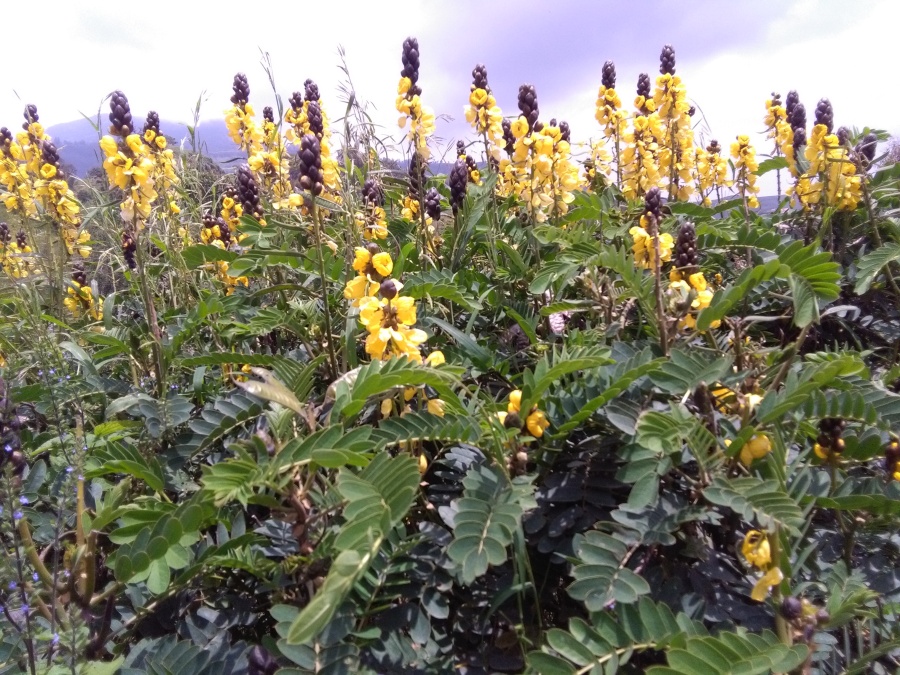
– Meskel Flower (Bidens Pachyloma) An endemic, annual herb with long stems, broadly ovate leaves and bright yellow flowers with orange centre, It grows in aggregated heads (Capitulum) from September to January at altitudes from 2000 to 3600 m.The meaning of the Ethiopian capital city “Addis Ababa” is “New Flower” by Amharic language and it is Empress “Taytu” who name the town as she saw Bidens Pachyloma flowers around the current sub city “Fel wha” in Addis Ababa.
 – Bidens (Bidens Setigera) An annual herb with broadly ovate segmented leaves and 8 yellow ray florates with 2 orange striations medially. It grows on roadsides, river banks and also steep rocky hillsides at altitudes of 400 to 2700 m. Flowers from September to January.
– Bidens (Bidens Setigera) An annual herb with broadly ovate segmented leaves and 8 yellow ray florates with 2 orange striations medially. It grows on roadsides, river banks and also steep rocky hillsides at altitudes of 400 to 2700 m. Flowers from September to January.
 – Giant Heath (Erica Arborea)A giant shrub or tree with thick branched stem, whorls of 3 linear leaves and white bell shaped flowers with long stamens. It grows on steep rocky slopes at altitudes of 1900 to 4200 m and flowers mainly from July to October.
– Giant Heath (Erica Arborea)A giant shrub or tree with thick branched stem, whorls of 3 linear leaves and white bell shaped flowers with long stamens. It grows on steep rocky slopes at altitudes of 1900 to 4200 m and flowers mainly from July to October.

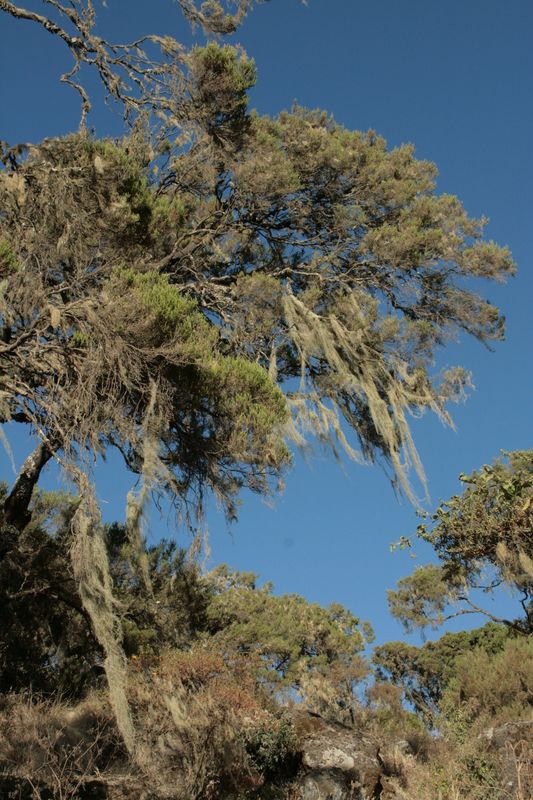
 – Carissa (Carissa Spinarum)A thorny much branched bush with simple glabrous ovate leaves growing at altitudes from 500 – 2600 m. The white inside flowers are in terminal racemes and flower all year round. Fruits are edible.
– Carissa (Carissa Spinarum)A thorny much branched bush with simple glabrous ovate leaves growing at altitudes from 500 – 2600 m. The white inside flowers are in terminal racemes and flower all year round. Fruits are edible.
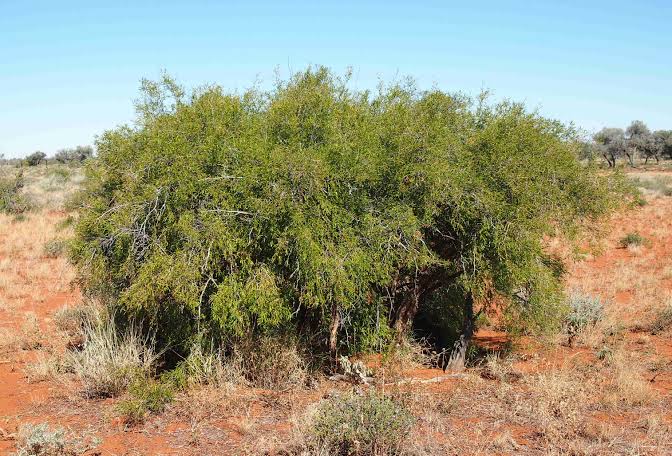
 – Cirsium vulgare
– Cirsium vulgare
is an annual or biennial, herbaceous plant that invades disturbed areas throughout Northern Ethiopia. The spiny, spreading, winged stems are up to 7 ft. (2.1 m) tall.
 Lalibela, Ethiopia– Anchusa azurea is a species of flowering plant in the family Boraginaceae, known by the common names garden anchusa. It is a bristly perennial which reaches just over half a meter in height. It has straight lance-shaped leaves and petite tubular flowers of bright violet-blue. This species is native to Europe and western Asia.It grows around Lalibela on Mount Abune Yosef.
Lalibela, Ethiopia– Anchusa azurea is a species of flowering plant in the family Boraginaceae, known by the common names garden anchusa. It is a bristly perennial which reaches just over half a meter in height. It has straight lance-shaped leaves and petite tubular flowers of bright violet-blue. This species is native to Europe and western Asia.It grows around Lalibela on Mount Abune Yosef.
 Lalibela, Ethiopia
Lalibela, Ethiopia – Desert Rose (Adenium Obesum)
– Desert Rose (Adenium Obesum)
is not a rose that grows in the desert, nor is it closely related or similar to a rose. It’s actually a succulent flowering plant in the dogbane family.
The plant is a slow growing tree that has a thick trunk and waxy coating, so it can retain more water in a dry environment. The plant originates from tropical areas of eastern Africa, which means they need to store more water to survive in dry climate. Plus, the plant produces few flowers a year so it can save more energy.
Its flowers are usually pink or red. When you grow a desert rose plant, make sure it gets full sunlight and only water it when the soil is dry.
It grows around Lower Omo Valley close Turmi city in Ethiopia.
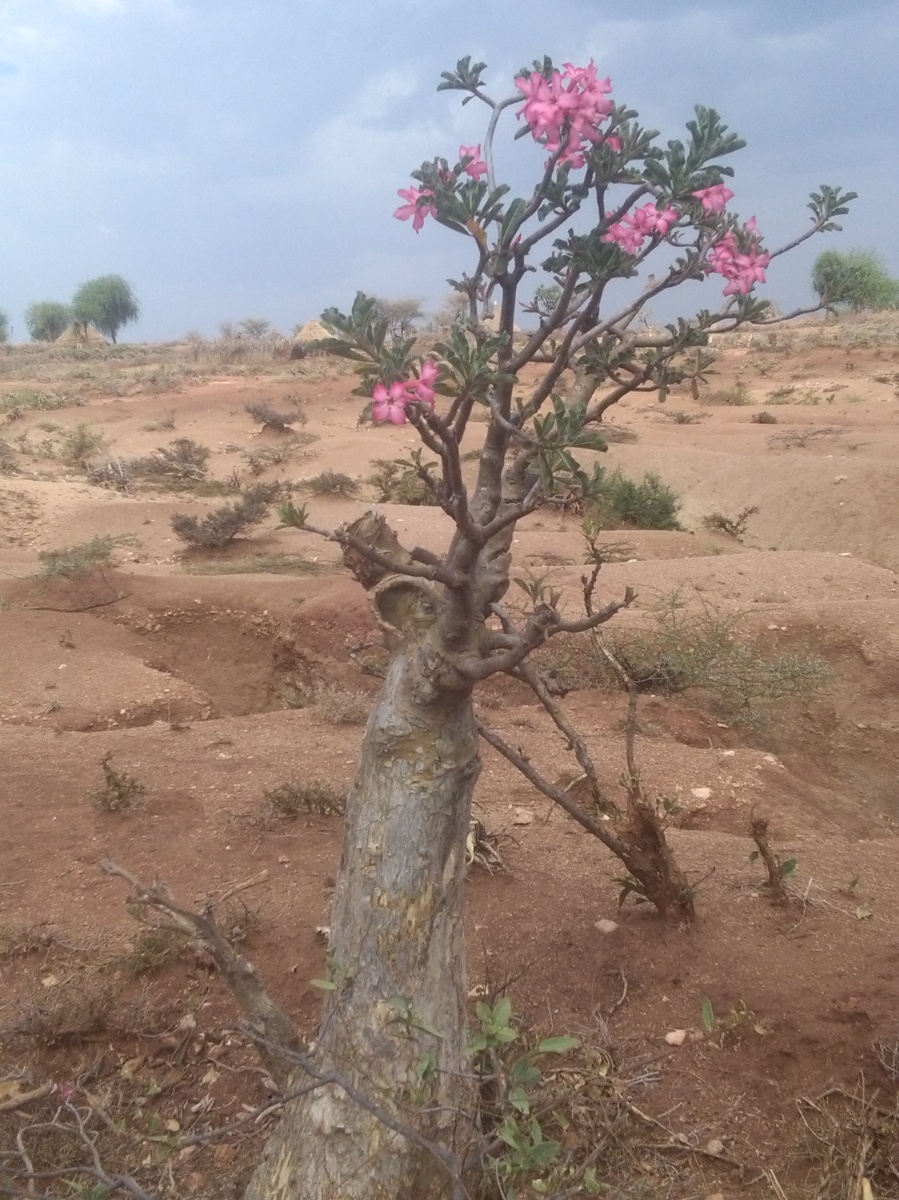

– Echinops (Echinops Kebericho)A perennial herb or shrub with leafy stems, elliptic segmented leaves ending in sharp spines and white or blue flower heads 3-4 cm in diameter. It grows in well drained grassy slopes at altitudes of 2300 to 2600 m. – SYCAMORE FIG TREE (Fucus Sycomorus)The Sycamore Fig Tree (Ficus sycomorus), is a member of the family Moracea, which also includes the common edible fig. The species is found in various parts of Africa south of the Sahara Desert and it grows in Ethiopia! Although it is sometimes found in woodland, these trees generally grow in riverine areas. The genus is ancient, being at least 60 million years old.The fruit can be eaten and treat some kind of pain like common cold.It has been mentioned a few times in the Holy Bible.
– SYCAMORE FIG TREE (Fucus Sycomorus)The Sycamore Fig Tree (Ficus sycomorus), is a member of the family Moracea, which also includes the common edible fig. The species is found in various parts of Africa south of the Sahara Desert and it grows in Ethiopia! Although it is sometimes found in woodland, these trees generally grow in riverine areas. The genus is ancient, being at least 60 million years old.The fruit can be eaten and treat some kind of pain like common cold.It has been mentioned a few times in the Holy Bible.
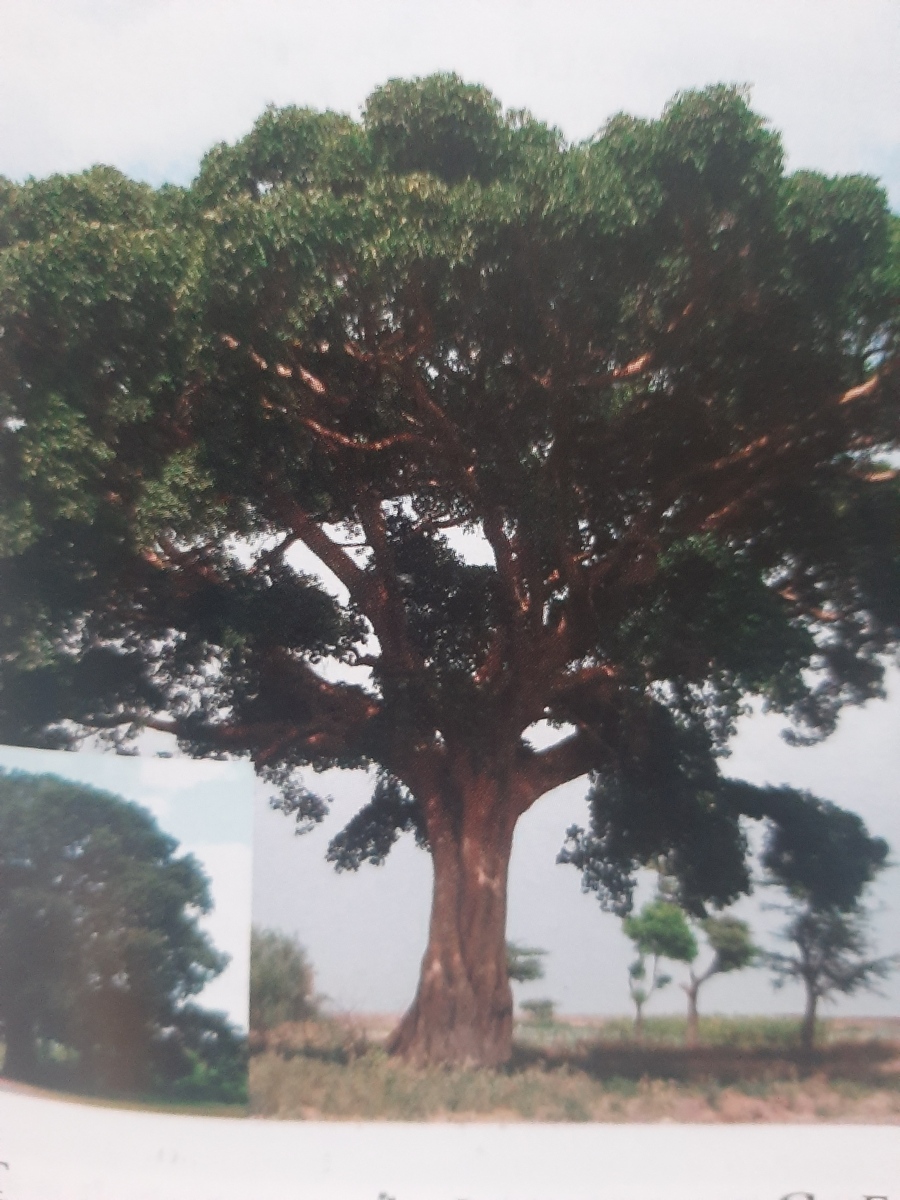 – Globe Thistle (Echinops Hispidus)A robust perennial herb with large oblanceolate segmented leaves which end with sharp spines. It grows in dry hillsides and grasslands at altitudes of 1700-3100 m. The whitish or bluish flower heads flower from September to February.
– Globe Thistle (Echinops Hispidus)A robust perennial herb with large oblanceolate segmented leaves which end with sharp spines. It grows in dry hillsides and grasslands at altitudes of 1700-3100 m. The whitish or bluish flower heads flower from September to February. – Carduus (Carduus Chamaecephalus)A spiny stemless plant with thick fleshy tap root and pinnatisect leaves laying flat on the ground. It grows on roadsides and overgrazed land at altitudes of 2000-4300 m. The whitish, sessile flowers flower from August to February.
– Carduus (Carduus Chamaecephalus)A spiny stemless plant with thick fleshy tap root and pinnatisect leaves laying flat on the ground. It grows on roadsides and overgrazed land at altitudes of 2000-4300 m. The whitish, sessile flowers flower from August to February. – Morning Glory (Ipomoea Aquatica) An annual or perennial herb with prostrate or floating stem and ovate leaves with serrated margins and acute apex. The flowers are funnel shaped, solitary and purple or white. Grows in swampy places at altitude of 350 to 1900 m.
– Morning Glory (Ipomoea Aquatica) An annual or perennial herb with prostrate or floating stem and ovate leaves with serrated margins and acute apex. The flowers are funnel shaped, solitary and purple or white. Grows in swampy places at altitude of 350 to 1900 m. – Apple of Peru (Nicandra Physaloides) A much-branched, long, erect, annual herb with alternate deeply toothed leaves. Flowers are pale blue to purplish with white centres blossoming all year round. It grows altitudes from 600 to 2500 m disturbed fertile areas.
– Apple of Peru (Nicandra Physaloides) A much-branched, long, erect, annual herb with alternate deeply toothed leaves. Flowers are pale blue to purplish with white centres blossoming all year round. It grows altitudes from 600 to 2500 m disturbed fertile areas.
 Lalibela, Ethiopia– Convolvulus (Ipomoea Indica)A semi-perennial climber with twining stem, ovate entire leaves and funnel shaped bluish-purple flowers with paler base. An escaped and naturalized variety growing in thickets and waste ground at altitudes of 1700 to 2500 m.
Lalibela, Ethiopia– Convolvulus (Ipomoea Indica)A semi-perennial climber with twining stem, ovate entire leaves and funnel shaped bluish-purple flowers with paler base. An escaped and naturalized variety growing in thickets and waste ground at altitudes of 1700 to 2500 m.
 – Thistle (Circium Englerianum)An endemic, erect, perennial herb with spiny stem and bisected leaves ending in spines. Grows in damp grasslands at altitudes of 1750-2250 m. The purple flowers, flower mostly from September to January.
– Thistle (Circium Englerianum)An endemic, erect, perennial herb with spiny stem and bisected leaves ending in spines. Grows in damp grasslands at altitudes of 1750-2250 m. The purple flowers, flower mostly from September to January. – Torch Lily (Kniphofia Foliosa)An endemic herb with long linear leaves and yellow (red) orange flowers in terminal spikes. It grows on mountain slopes and roadsides at altitudes of 2100-4000 m. Flowering over a long uninterupted period (April-January)
– Torch Lily (Kniphofia Foliosa)An endemic herb with long linear leaves and yellow (red) orange flowers in terminal spikes. It grows on mountain slopes and roadsides at altitudes of 2100-4000 m. Flowering over a long uninterupted period (April-January)
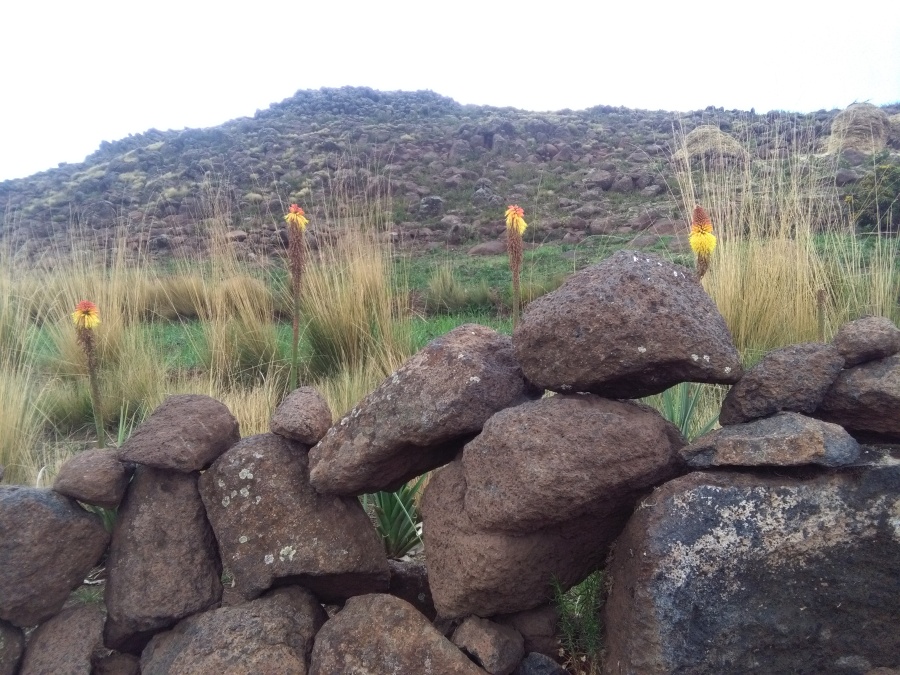 Lalibela, Ethiopia. Mount Abune Yosef– Justicia (Justicia Schimperiana)An erect much branched shrub with woody stems and large elliptic leaves. Flowers white in dense cylindrical, terminal spikes and flowering throughout the year. A common hedge plant growing at altitudes of 1400 to 2600 m.
Lalibela, Ethiopia. Mount Abune Yosef– Justicia (Justicia Schimperiana)An erect much branched shrub with woody stems and large elliptic leaves. Flowers white in dense cylindrical, terminal spikes and flowering throughout the year. A common hedge plant growing at altitudes of 1400 to 2600 m.
 – Otostegia (Otostegia Integrifolia)
– Otostegia (Otostegia Integrifolia)
A much branched, spiny and erect perennial shrub with grey-green lanceolate leaves. Grows in rocky slopes at altitudes of 1700 to 2500 m. The flowers are yellow and white, born in erect racemes and flowering all year round.15: Endod (Dodecandra)A scrambling, much branched shrub with dark green, alternate ovate leaves. It grows in degraded land along river banks and thickets at altitudes of 1500 to 3000 m. The white axillary or terminalm racemes flower from October to April. – Indian Fig (Opuntia Fucus-Indica) A succulent bush with stems and branches formed of large ovate flattened joints and ered with spiny hairs. Grows in arid and semi-arid areas up to 2400 m. Yellow flowers on the upper edges of joints, flower in the rainy season.
– Indian Fig (Opuntia Fucus-Indica) A succulent bush with stems and branches formed of large ovate flattened joints and ered with spiny hairs. Grows in arid and semi-arid areas up to 2400 m. Yellow flowers on the upper edges of joints, flower in the rainy season. – Wild Tobacco (Nicotiana Glauca)An annual shrub with long stems and ovate entire leaves. The Flowers are tubular, yellow to red in colour and in many lax panicles. It grows in west places and along roadsides at altitudes between 1300 and 2300 m.18: Gallant Soldier (Galinsoga Parviflora)A bushy herb from South America with soft ovate leaves and small flower heads with white rays and yellow centres. It grows as weed on cultivations and disturbed areas at altitudes of 1600 to 2400 m and flowers throughout the year.
– Wild Tobacco (Nicotiana Glauca)An annual shrub with long stems and ovate entire leaves. The Flowers are tubular, yellow to red in colour and in many lax panicles. It grows in west places and along roadsides at altitudes between 1300 and 2300 m.18: Gallant Soldier (Galinsoga Parviflora)A bushy herb from South America with soft ovate leaves and small flower heads with white rays and yellow centres. It grows as weed on cultivations and disturbed areas at altitudes of 1600 to 2400 m and flowers throughout the year. – Rue (Ruta Chalepensis)An erect blue green perennial spice with narrow segmented leaves and small dull yellow flowers. It grows wild but is vastly cultivated in the highlands at altitudes above 1500 m. and can be found flowering throughout the year.
– Rue (Ruta Chalepensis)An erect blue green perennial spice with narrow segmented leaves and small dull yellow flowers. It grows wild but is vastly cultivated in the highlands at altitudes above 1500 m. and can be found flowering throughout the year. – Euphorbia (Euphorbia Awashensis)A spiny succulent plant with 4-angled stems and branches and paired grey spines. Bright yellow flower cymes with long stamens grow along the ridges. This plant was photographed at Mount Abune Yosef National Park in Northern Ethiopia.– Pumpkin (Cucurbita Pepo)A trailing annual herb with lobed, prickly, broadly ovate leaves and yellow pedunclated, bell shaped flowers. It is mainly cultivated at altitudes between 800 and 2000 m but escaped forms can be found wild.
– Euphorbia (Euphorbia Awashensis)A spiny succulent plant with 4-angled stems and branches and paired grey spines. Bright yellow flower cymes with long stamens grow along the ridges. This plant was photographed at Mount Abune Yosef National Park in Northern Ethiopia.– Pumpkin (Cucurbita Pepo)A trailing annual herb with lobed, prickly, broadly ovate leaves and yellow pedunclated, bell shaped flowers. It is mainly cultivated at altitudes between 800 and 2000 m but escaped forms can be found wild. – Aloe (Aloe Berhana)An endemic, usually stemless herb with dense rosette, recurved and toothed margin leaves. The orange flowers are arranged in long branched racemes. They flower from September to March at altitudes between 2500 to 2700 m.
– Aloe (Aloe Berhana)An endemic, usually stemless herb with dense rosette, recurved and toothed margin leaves. The orange flowers are arranged in long branched racemes. They flower from September to March at altitudes between 2500 to 2700 m.
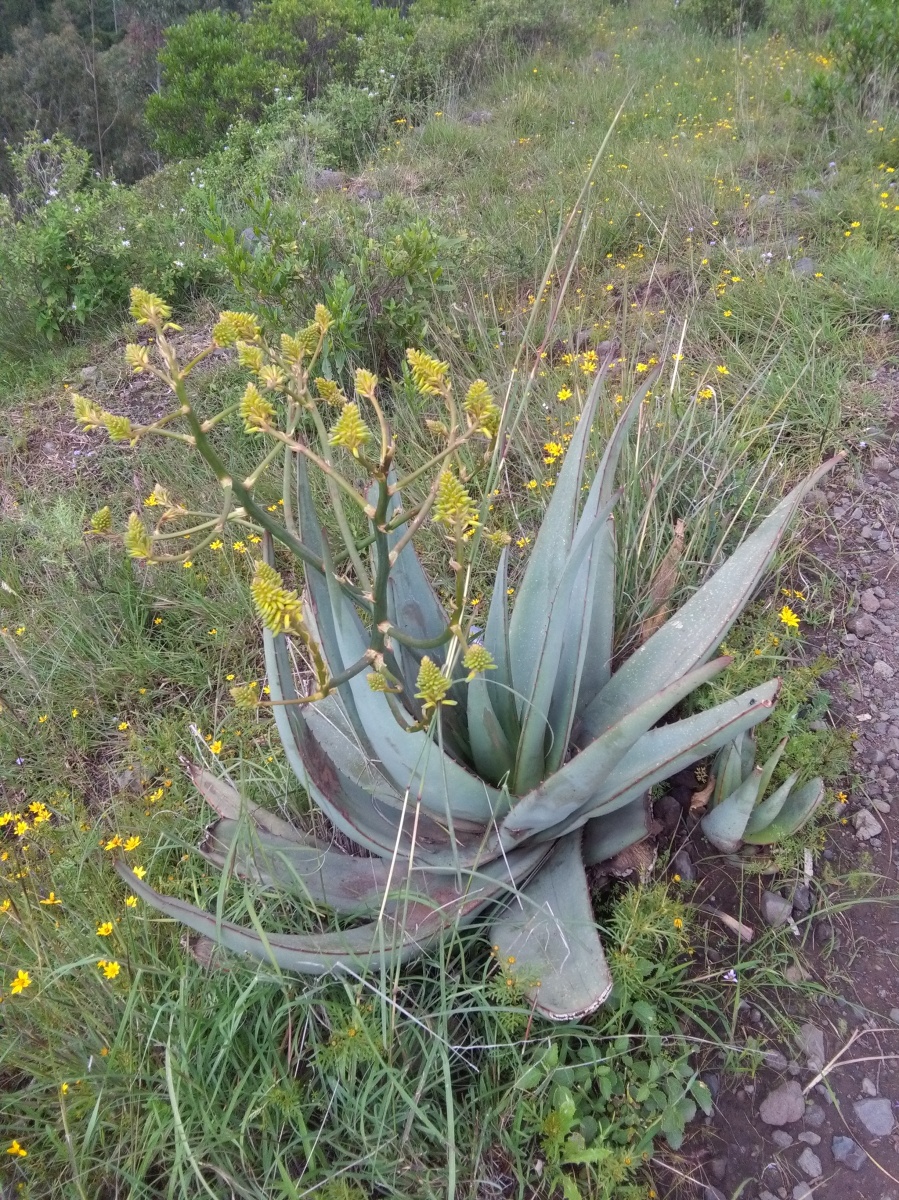 – Tapinanthus (Tapinanthus Heteromorphus)A hemiparasitic perennial shrub with ovate leaves. The many flowered red cylindrical umbels have greenish basal and apical swellings. It usually grows on Combretum and Terminalia trees at altitudes between 1200 and 1950 m.24: Opuntia (Opuntia Cylindrica)A shrub with branched, green, erect, cylindrical stem covered with whitish spines but no leaves. It grows at altitudes of 1800 to 2800 m. The red solitary flowers grows at the top of stems and mainly flowers the long rains.
– Tapinanthus (Tapinanthus Heteromorphus)A hemiparasitic perennial shrub with ovate leaves. The many flowered red cylindrical umbels have greenish basal and apical swellings. It usually grows on Combretum and Terminalia trees at altitudes between 1200 and 1950 m.24: Opuntia (Opuntia Cylindrica)A shrub with branched, green, erect, cylindrical stem covered with whitish spines but no leaves. It grows at altitudes of 1800 to 2800 m. The red solitary flowers grows at the top of stems and mainly flowers the long rains. – Thymus (Thymus Serrulatus)A branched prostrate perennial herb with woody base lanceolate or ovate leaves and pink to purple terminal flower heads. Grows on rocky slopes at altitudes of 2500 to 3600 m and flowers all year round but mainly from March to June.
– Thymus (Thymus Serrulatus)A branched prostrate perennial herb with woody base lanceolate or ovate leaves and pink to purple terminal flower heads. Grows on rocky slopes at altitudes of 2500 to 3600 m and flowers all year round but mainly from March to June. – Sodom Apple (Solanum Incanum)An erect herb with prickles and ovate entire leaves. It grows as weed and on roadsides at altitudes of 500-2900 m. The mauve to violate flowers are in racemes and flower throughout the year. The fruits are poisonous.
– Sodom Apple (Solanum Incanum)An erect herb with prickles and ovate entire leaves. It grows as weed and on roadsides at altitudes of 500-2900 m. The mauve to violate flowers are in racemes and flower throughout the year. The fruits are poisonous.
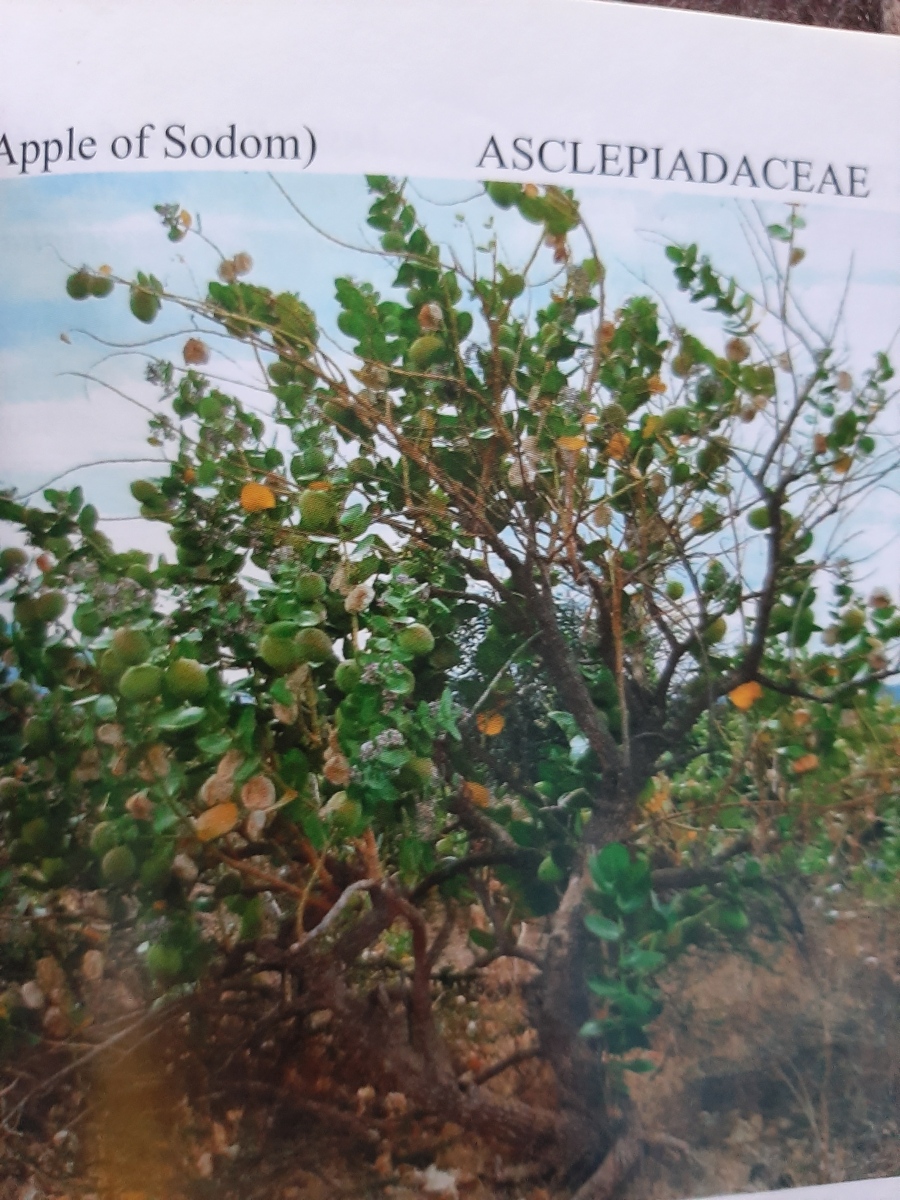 – Gun Powder Bush (Calotropis Procera)A long poisonous shrub with large ovate leaves growing in scrub and semi-desert at altitudes of 500-1900 m. The purple white centred flowers blossom all year round in terminal masses. The fruits are large air bladders.
– Gun Powder Bush (Calotropis Procera)A long poisonous shrub with large ovate leaves growing in scrub and semi-desert at altitudes of 500-1900 m. The purple white centred flowers blossom all year round in terminal masses. The fruits are large air bladders. – Sweet Basil (Ocimum Basilicum)A much branching erect annual herb with toothed ovate leaves and small purple fragrant flowers on long raceme. It grows in gardens and fields at altitudes between 1000 to 2600 m and flowers mainly from September to November.– Psiadia (Psiadia Punctulata)An erect shrub with glossy entire lanceolate leaves that grow in disturbed bushland and evergreen woodland at altitudes of 1200 to 2300 m. The bright yellow flowers in terminal racemes, flower from September to March.– Microglossa (Microglossa Densiflora)An annual shrub with ovate leaves and dense, terminal pale yellow disc florets. The scrambling plant grows in wooded grasslands and bushland at altitudes of 2900 to 3000 m and flowers from October to April.
– Sweet Basil (Ocimum Basilicum)A much branching erect annual herb with toothed ovate leaves and small purple fragrant flowers on long raceme. It grows in gardens and fields at altitudes between 1000 to 2600 m and flowers mainly from September to November.– Psiadia (Psiadia Punctulata)An erect shrub with glossy entire lanceolate leaves that grow in disturbed bushland and evergreen woodland at altitudes of 1200 to 2300 m. The bright yellow flowers in terminal racemes, flower from September to March.– Microglossa (Microglossa Densiflora)An annual shrub with ovate leaves and dense, terminal pale yellow disc florets. The scrambling plant grows in wooded grasslands and bushland at altitudes of 2900 to 3000 m and flowers from October to April.

You must be logged in to post a comment.